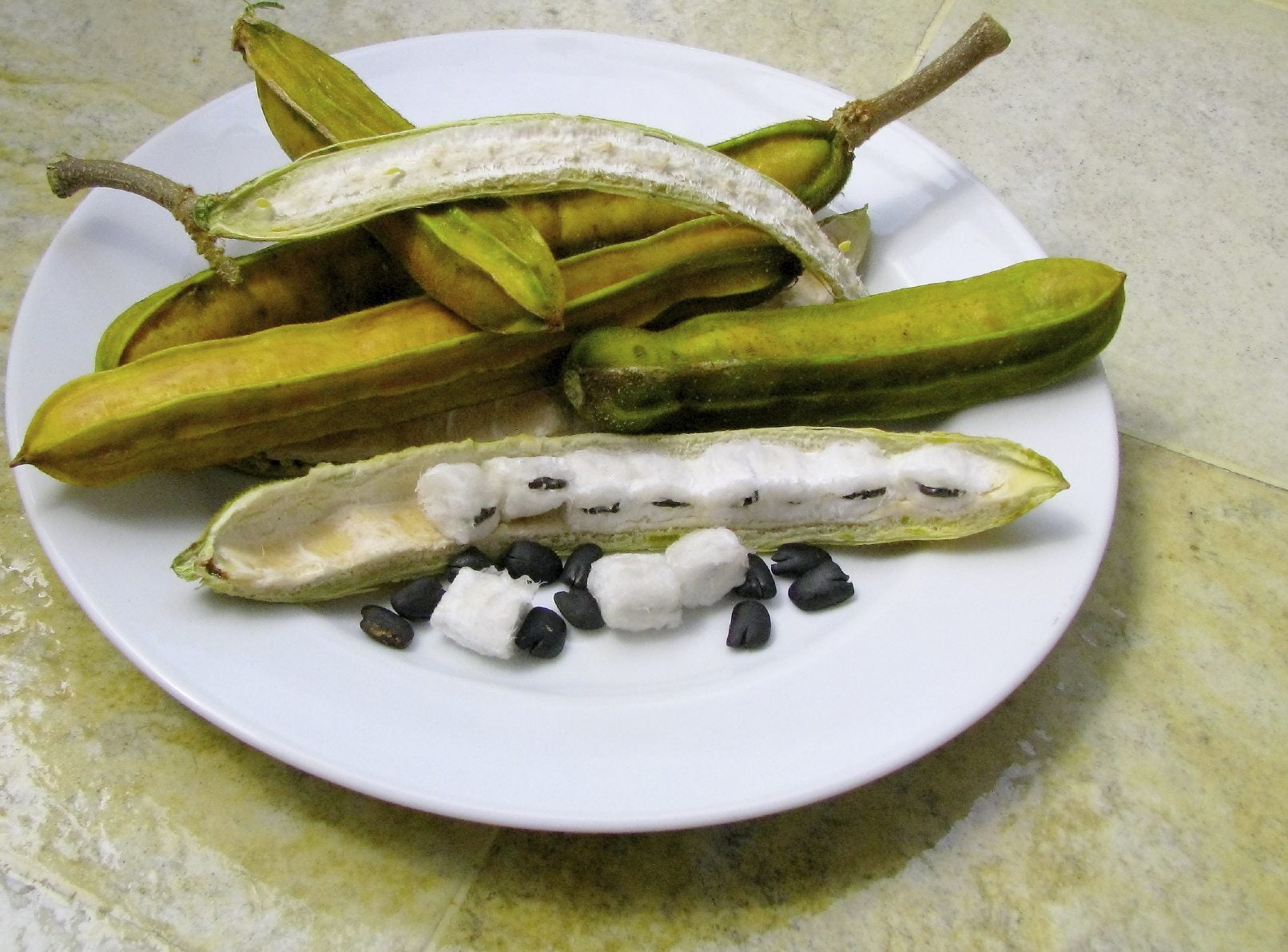Ice Cream Bean Tree Info: Tips On Growing Ice Cream Bean Trees


Imagine enjoying the freshly picked fruit of an ice cream bean tree right in your own backyard! This article explains how to grow an ice cream bean tree, and shares interesting facts about this unusual tree.
Ice Cream Bean Tree Information
Ice cream beans are legumes, just like the beans you grow in your vegetable garden. The pods are about a foot long (31 cm.) and contain beans about the size of limas surrounded by a sweet, cottony pulp. The pulp has a flavor similar to vanilla ice cream, hence its name. In Columbia, ice cream beans have many uses in folk medicine. Decoctions of the leaves and bark are thought to relieve diarrhea. They can be made into a lotion that is said to relieve arthritic joints. Root decoctions are believed to be effective in treating dysentery, especially when mixed with pomegranate rind.
Growing Ice Cream Bean Trees
The ice cream bean tree (Inga edulis) thrives in the warm temperatures found in USDA plant hardiness zones 9 through 11. As well as warm temperatures, you’ll need a location with sunlight most of the day and well-drained soil. You can buy the trees in containers from local nurseries or on the internet, but nothing beats the satisfaction of growing ice cream bean trees from seeds. You’ll find the seeds inside the pulp of mature beans. Clean them off and plant them ¾ inch (2 cm.) deep in a 6 inch (15 cm.) pot filled with seed starting mix. Place the pot in a sunny location where the heat from the sun will keep the surface of the soil warm and maintain an evenly moist soil.
Ice Cream Bean Tree Care
Although these trees tolerate drought once established, you’re going to get a better-looking tree and a more abundant crop if you water it during prolonged drought. A 3 foot (1 m.) weed free zone around the tree will prevent competition for moisture. Ice cream bean trees never need nitrogen fertilizer because, like other legumes, they produce their own nitrogen and adds nitrogen to the soil. Harvest the beans as you need them. They don’t keep, so you’ll never need to do a large harvest. Trees grown in containers stay smaller than those grown in the ground, and they produce fewer beans. The reduced harvest isn’t a problem for most people because they don’t harvest beans from the hard-to-reach upper parts of the tree anyway. This tree needs periodic pruning to maintain its appearance and good health. Remove branches in late winter or early spring to open up the canopy to free air circulation and sunlight penetration. Leave enough untouched branches to produce a good harvest.
Sign up for the Gardening Know How newsletter today and receive a free copy of our e-book "How to Grow Delicious Tomatoes".

Jackie Carroll has written over 500 articles for Gardening Know How on a wide range of topics.